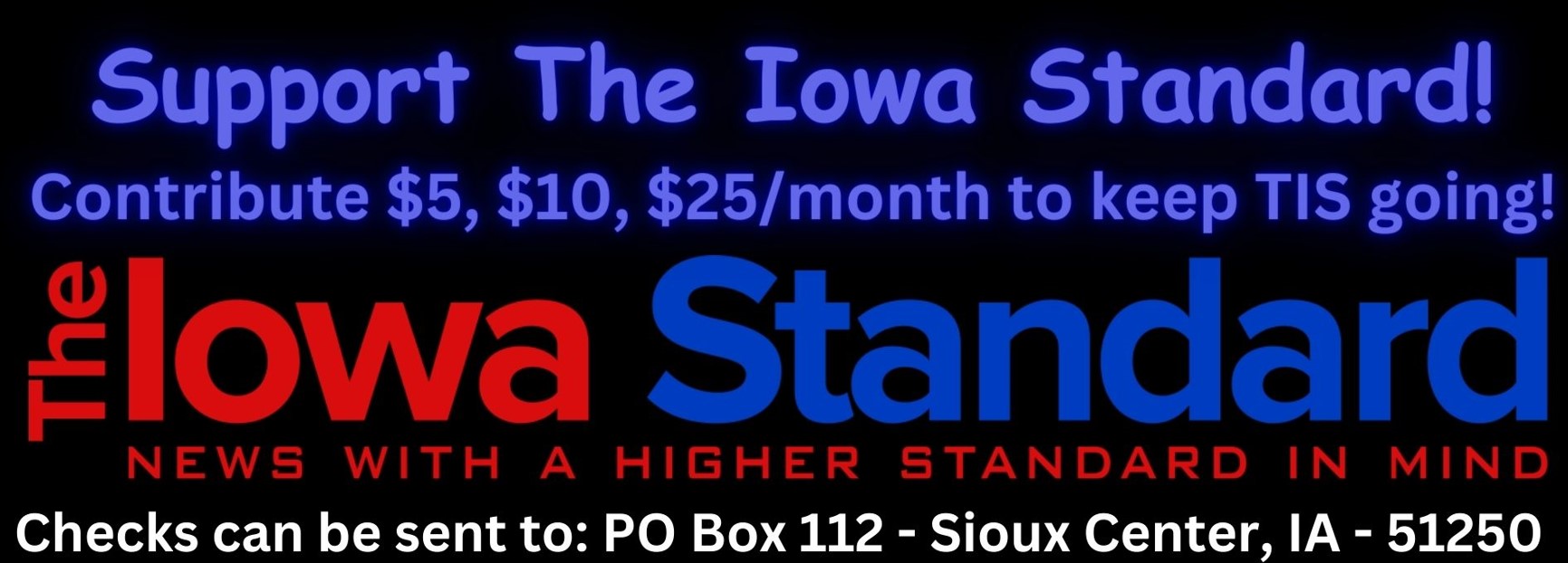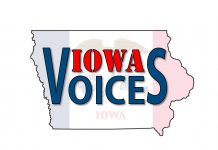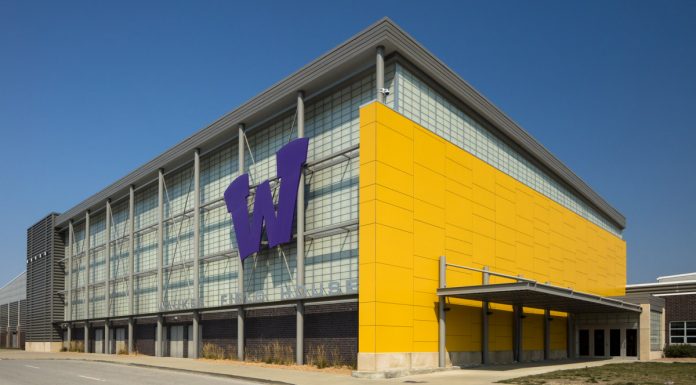The NFIB Research Center released a survey today updating the state of small business and financial assistance programs including the Paycheck Protection Program (PPP) and the Economic Injury Disaster Loan program (EIDL).
“The results of this survey are clear. While the PPP has been a life saver for thousands of Iowa small businesses, for some, it’s just not enough,” said NFIB State Director in Iowa, Matt Everson. “Let’s face it: Iowa’s economy isn’t back to where it should be. However, Congress can do something about it. Another round of PPP would get money into the hands of those small businesses who need extra time to get back on their feet. By helping them stay afloat, you’re also helping Iowa’s economy. Small business and their employees are the backbone of Iowa’s economy. The faster they recover, the faster the entire state recovers.”
In Cedar Rapids, Gary Ficken feels desperate. The owner of Bimm Ridder Sportswear, he is down to just nine employees. Before the coronavirus crisis, he employed 34 Iowans. His company provides branded apparel and headwear to professional sports teams – an industry that is struggling to come back. Gary applied for the PPP right away has secured funding. That allowed him to keep paying his employees and let his employees keep their health insurance. However, that funding ran out June 5th.
“Because our customer base is professional sports teams, we will be one of the last industries to come back in the economy. We need crowded stadiums and arenas for our product to sell. To put this in perspective, our 2020 April revenue was down 96%,” said Gary Ficken.
May and June weren’t much better, down 94% and 79%. Ficken was able to keep all his employees on the payroll until June 5th, but when his PPP money ran out he had to start furloughing his employees. In April, he was down to 27. Today, that number is just nine. By August 1st, it will be just four. Ficken is worried about his furloughed employees: many of them can’t afford COBRA to continue their health benefits. Ficken is one of the 46% of Iowa small business owners in today’s survey who anticipate needing more funding in the next 12 months. For Finken, the sooner the better.
“The cost of the PPP Program could be lessened by tightening down the requirements. The ‘new’ PPP program could keep the same formula and just multiply the eligible loan amount by the percentage of revenue loss from April 2020 vs. April 2019. This could keep the program costs down and support the companies that need it the most.”
Key findings from the survey include:
Eighty percent of NFIB members have reported applying for a PPP loan.
1. Over half (56%) of PPP borrowers have spent all their loan funds with the remaining 44% likely not far behind.
The 24-week extension for the PPP loan forgiveness period is widely popular among small businesses, with 59% of borrowers opting for the added time to use their loan.
1. Thirty-eight percent kept their original 8-week forgiveness period.
Applying for loan forgiveness is the last step in the PPP process for many, just over half (55%) of borrowers have not yet submitted their application for loan forgiveness.
1. Thirty-eight percent of borrowers are on hold to apply as their lender has told them they are not accepting applications yet. Lenders are still waiting for instructions from the SBA on how to process forgiveness applications.
2. Regarding the two forgiveness application forms, 62% of borrowers do not know yet if they will be able to take advantage of a simplified form or if they will have to fill out the longer application form.
The PPP has largely fulfilled the goal of supporting payroll to keep employees connected with their jobs. However, for many small businesses, current economic conditions will force some to adjust their employment levels after they’ve spent their loan.
1. About 22% of PPP loan borrowers have or anticipate having to lay off one more employee after using their loan (up from 14% in mid-June).
Just over one-third (34%) of small businesses have applied for an EIDL loan, generally unchanged since mid-April.
1. About 67% have been approved for an EIDL loan and 7% denied, with 26% still waiting to hear one way or another.
2. Just over half (55%) of applicants report their EIDL loan has been deposited.
Of the small businesses that have applied for a PPP loan, an EIDL, or both, 46% anticipate needing additional financial support in some form over the next 12 months.
1. Forty-seven percent of small businesses have been impacted by new changes in re-opening policies, adding to the volatile economic conditions from the pandemic.
Economic conditions are still challenging for most but less so than a month ago with about 45% of respondents reporting their current sales volume is 75% or more of pre-crisis levels (up from 28% from May).
1. Eight percent reported their current sales volumes as 1 – 25% of pre-crisis levels, 18% report sales between 26 – 50% of pre-crisis sales levels and 27% between 51- 75% of pre-crisis levels.
Some states and many cities require face coverings before entering business establishments. About 53% of small business owners require employees and/or customers to wear a face covering.
1. Forty-six percent of owners find it difficult to enforce the practice of wearing a face covering.
The biggest challenge for small business owners is being able to stock up on hand sanitizer for their business with 23% of owners reporting that it is very difficult to stock up on the product.
1. Another 36% report finding it moderately difficult to stock up on the product.
2. One-in-ten small business owners find it very difficult to stock up on face coverings and another 30% find it moderately difficult.
Getting customers back into businesses is proving to be difficult for 11% of owners with another 29% saying that it’s moderately difficult.
1. Many owners are also finding it difficult to manage employees’ and customers’ health and safety concerns with 37% finding the former and 32% finding the latter very or moderately difficult to manage.
Economic conditions are dire for about 4% of owners who say they will only be able to survive for no more than one to two months.
1. Another 19% report being able to operate for 3-6 months. About one-in-five anticipate being able to operate for 7-12 months in the current environment and 57% are less financially stressed and are able to operate for more than 12 months.
The full survey is available here.












